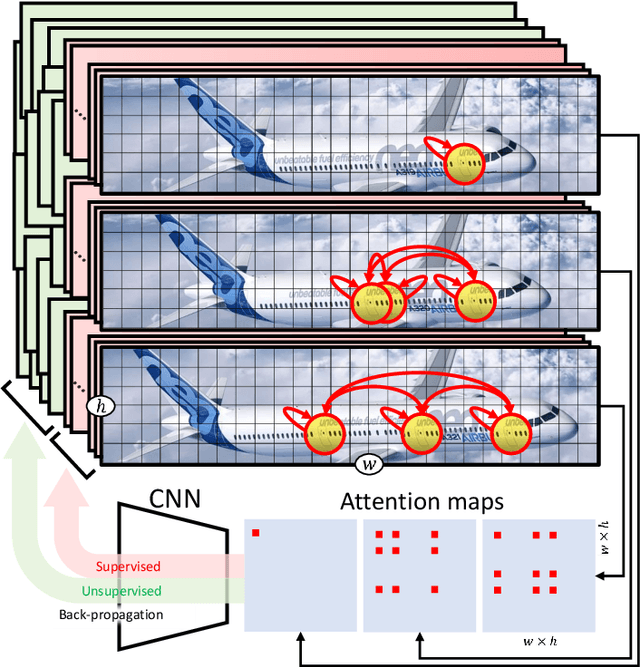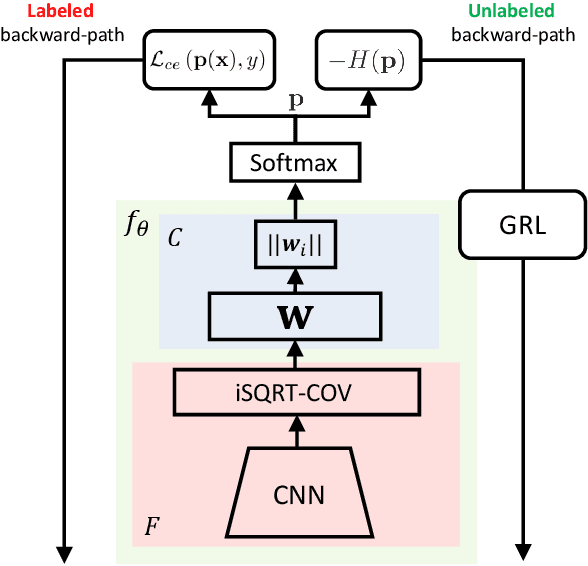Fine-Grained Adversarial Semi-supervised Learning
Paper and Code
Oct 12, 2021



In this paper we exploit Semi-Supervised Learning (SSL) to increase the amount of training data to improve the performance of Fine-Grained Visual Categorization (FGVC). This problem has not been investigated in the past in spite of prohibitive annotation costs that FGVC requires. Our approach leverages unlabeled data with an adversarial optimization strategy in which the internal features representation is obtained with a second-order pooling model. This combination allows to back-propagate the information of the parts, represented by second-order pooling, onto unlabeled data in an adversarial training setting. We demonstrate the effectiveness of the combined use by conducting experiments on six state-of-the-art fine-grained datasets, which include Aircrafts, Stanford Cars, CUB-200-2011, Oxford Flowers, Stanford Dogs, and the recent Semi-Supervised iNaturalist-Aves. Experimental results clearly show that our proposed method has better performance than the only previous approach that examined this problem; it also obtained higher classification accuracy with respect to the supervised learning methods with which we compared.
 Add to Chrome
Add to Chrome Add to Firefox
Add to Firefox Add to Edge
Add to Edge